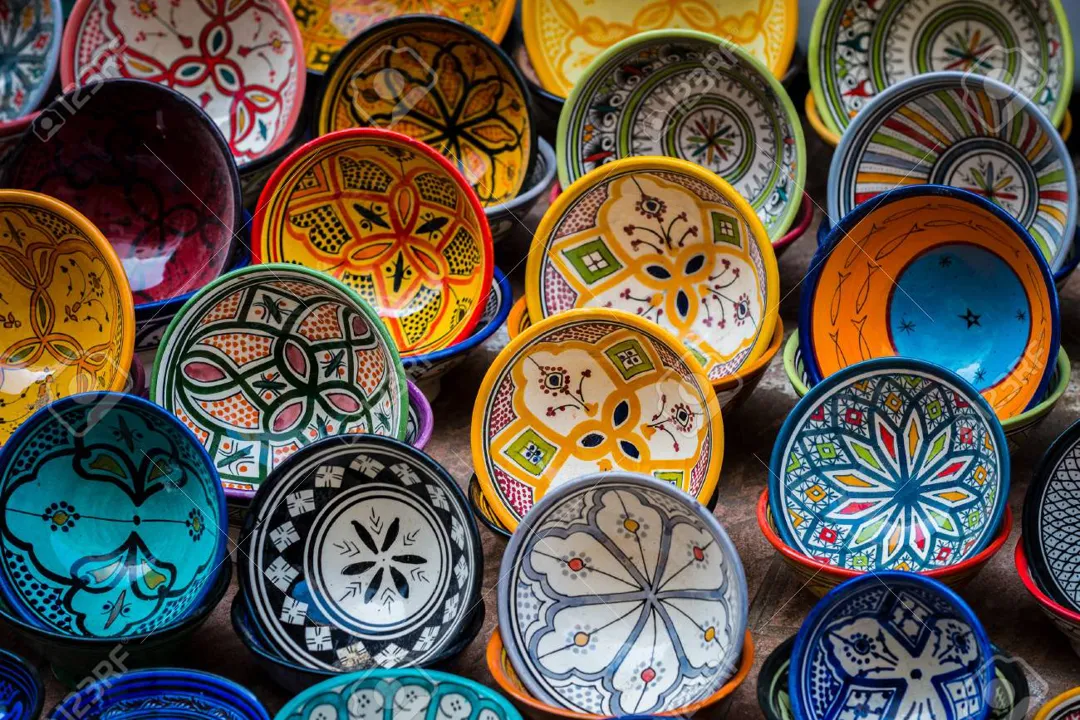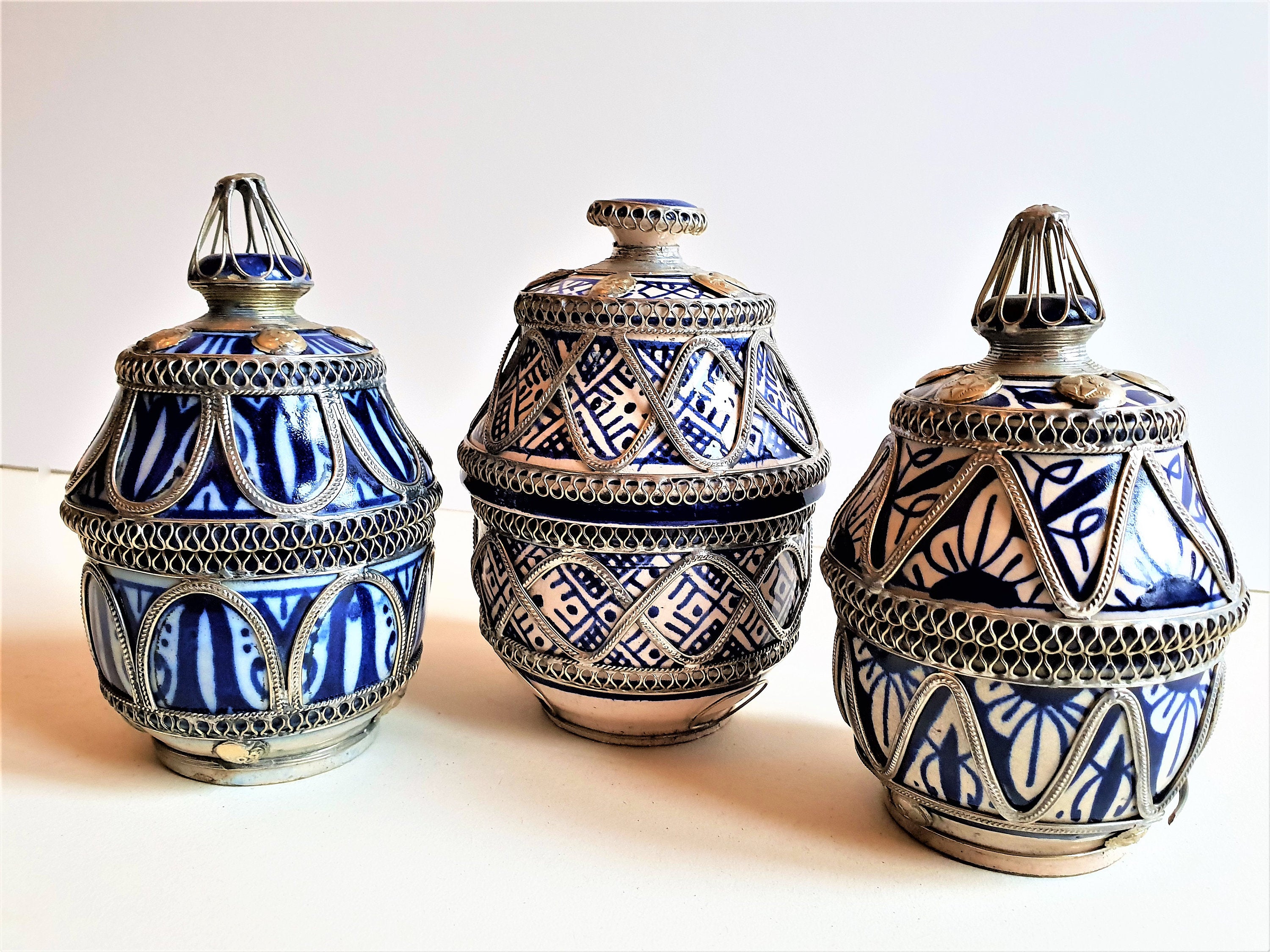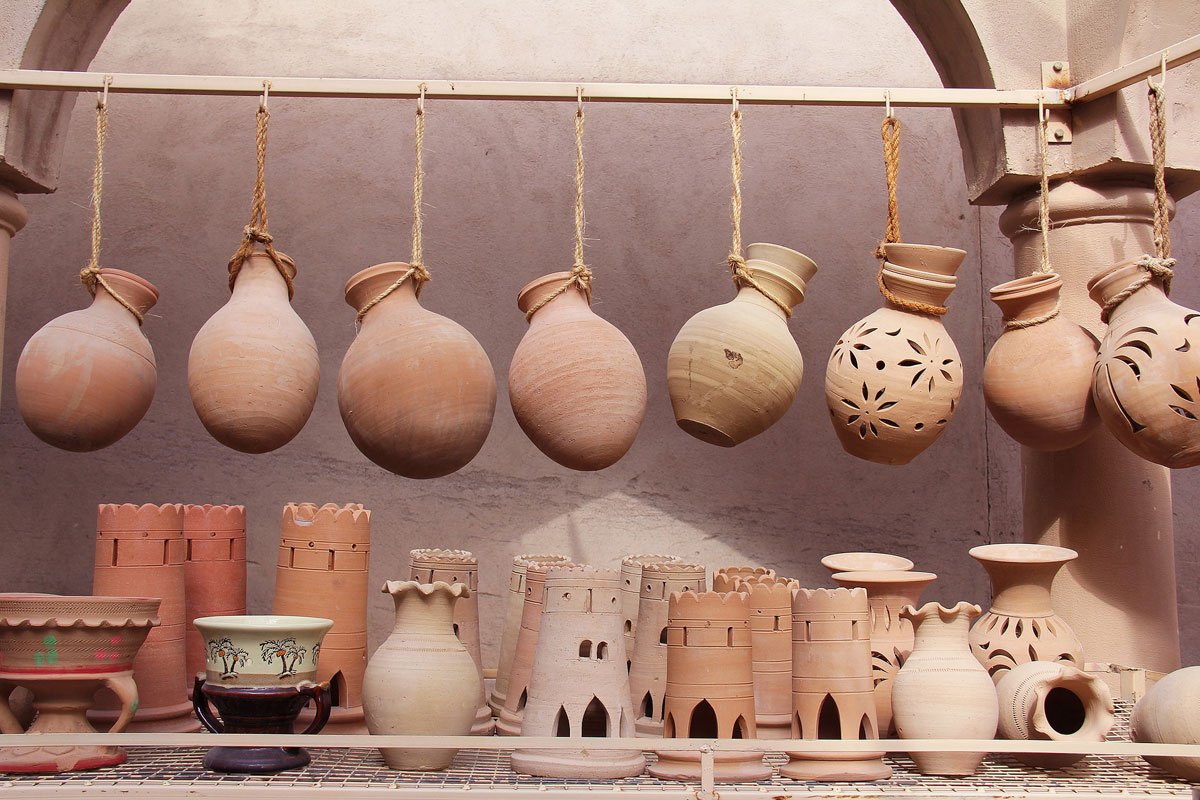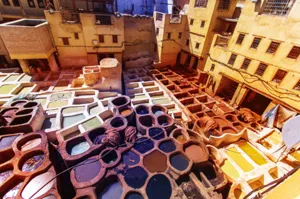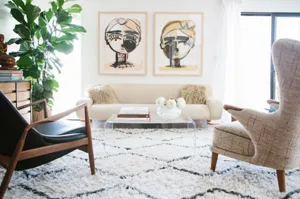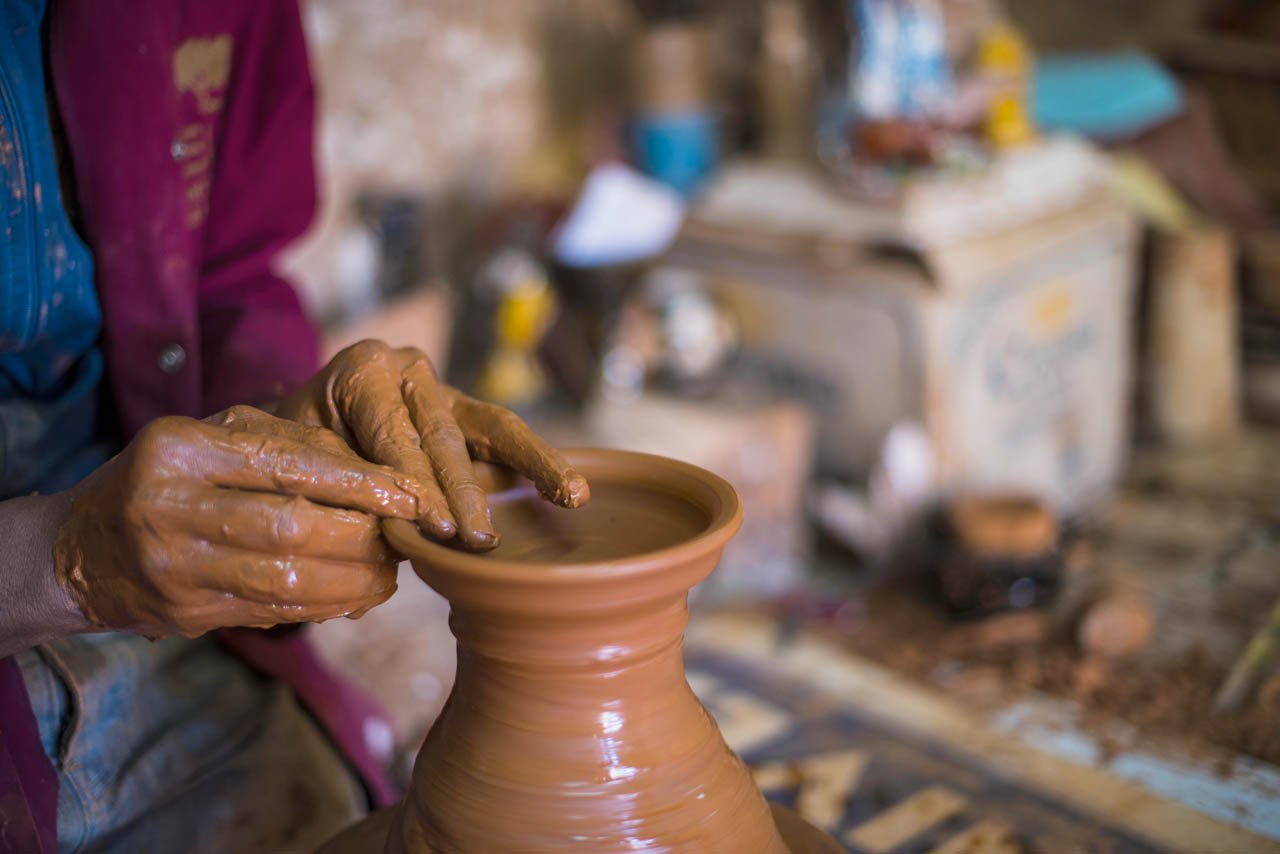Content
The Decorative Moroccan pottery
Rustic Berber Pottery: An Ancient And Traditional Art
How To Make Moroccan Pottery?
The Decorative Moroccan pottery
![Decorative Moroccan pottery]()
Decorative Moroccan pottery
Each piece of Moroccan pottery is unique. It is a reflection of talent, purity, and sincerity. The colors used are natural and obtained through the use of recycled materials.
Artisans use raw clay to make glazed, enameled, and decorated pottery.
They mix earth with water and then shape the mix by the turner.
After the drying phase, artisans applied a coated layer to the ceramic. Now, the pottery has a white appearance. The pottery rests again before undergoing the first firing.
Once cooled, the potter decorates the object with a brush. Linear, geometric designs, letters, arabesques, and sometimes floral motifs highlight the ceramics.
The craftsman then deposits a transparent or colored layer giving the pottery luster.
Rustic Berber Pottery: An Ancient And Traditional Art
![Rustic Berber Pottery]()
Rustic Berber Pottery
If you have already visited Morocco, you have certainly eaten the Moroccan tagine. And if you have visited Marrakech, you might have tried the tangia dish. Both tagine and tangia are examples of Berber pottery.
![Moroccan Tagine]()
Moroccan Tagine
The manufacture of objects and pottery based on clay is a Berber heritage. Each piece will seduce you by its authenticity and purity.
Rustic pottery, with a functional character, is sober and specific to Berber culture. Berber pottery has very little or no decoration. As for its color, it varies depending on the soil.
Clay is in abundance in Morocco and has an exceptional quality. It is the raw material used for the creation of Moroccan pottery.
The clay dries in the sun for several days and then is mixed and worked by hand. It is left to stand for several days before being kneaded for a long time to prepare for making the pottery.
The potters have neither a workshop nor a walking wheel. Each pot is modeled and smoothed by hand on the ground.
The creation of Berber pottery is a real work of patience. You will need an overlong preparation to master this art.
Occasionally, petters engrave some pots with simple utensils. The imperfections and irregularities of Berber pottery bring authenticity to the object. You will also notice the sign of a passionate hand.
Related posts
How To Make Moroccan Pottery?
![Making Moroccan pottery]()
Making Moroccan pottery
The process of making Moroccan pottery is a real work of patience.
Preparing The Clay
In nature, the clay looks like stones. Workers quarry the clay from the hill and crush it with a wooden hammer.
First, artisans soak the clay for 48 hours in water to soften it. They spread it on the ground to dry it for another 48 hours.
Then, they mix the clay with the feet, knead it by hand to get homogeneous lumps. After, the artisans let the clay dry in the sun for several days.
Finally, after this laborious work, the potter can begin to knead the clay to make a pottery item.
The Shaping phase
During this phase, the clay is subject to the force of the hand and the rotation.
Shaping Moroccan Pottery
Potter manipulates the clay by molding it and rotating it manually. He uses sensitive gestures: his right hand and left hand work together to shape the clay on the cutter.
The artisan uses his perception of volumes to transform the clay into a jewel. With a line of thread, the potter detaches his work to place it on a table.
After 48 hours of drying, the potter resumes his work to refine its details and embed it.
The Firing Phase
Baking in a traditional oven is a process that takes time. You will need 6 hours of cooking at a temperature of 900 degrees.
Then you have to wait 6 hours for the oven to cool down. Now you are sure that all parts are recovered.
You can decorate Pottery before or after firing. This job also requires hours of patience, concentration, and application.
The Coloring Phase
First, you need to paint the pieces with a white coating and wait for the enamel to dry. You need to repeat this step with a brown layer.
An experienced artisan comes with brushes in hand. He decorates the pottery with a delicate and rigorous gesture.
Nature and cultural illustrations of Morocco are a rich source of inspiration. The artist adds his personal touch to create a unique mixture of colors and decorations.
Once decorated, the pieces are enameled and baked a second time for 48 hours to get the finished product.
